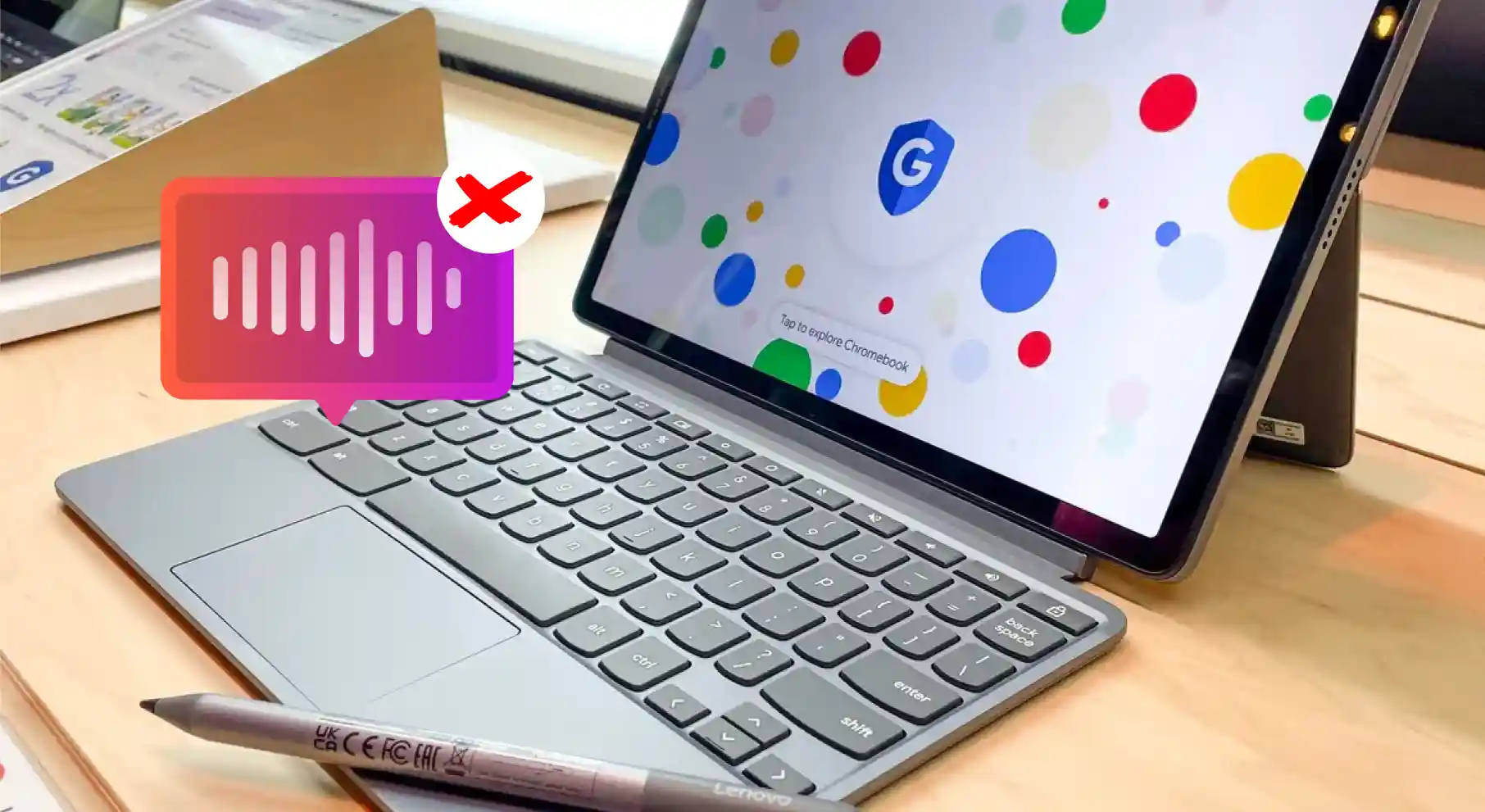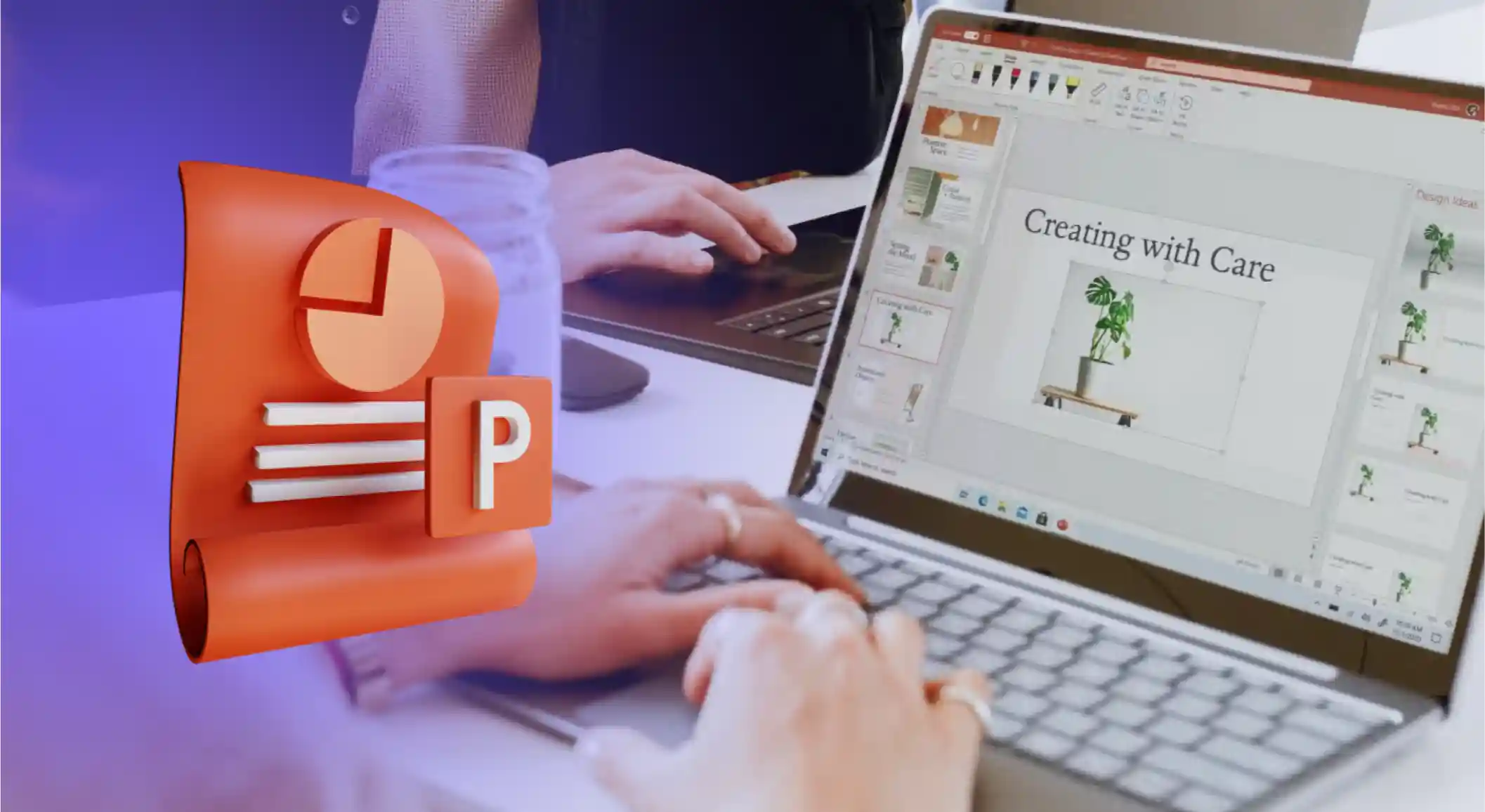Medical Text to Speech: Best Tools for Healthcare Professionals

Recent advances in AI and deep learning are transitioning every industry possible and healthcare is no exception. From diagnostics to treatment management to drug discovery and production, every healthcare process is being revolutionized by artificial intelligence. Text to speech is the latest force in the same vein evolving the way we communicate.
Beyond simply converting text into speech, the innovative technology leverages voice recognition to deliver a response in a synthetic voice that is realistic and natural-sounding. This helps in further enhancing digital health technology by speech-enabling health apps, websites, nurse call systems in hospitals, and portable health devices with life-like voices.
Another significant benefit of TTS is it assists with healthcare’s mission of bettering patient care through the use of assistive digital tools. TTS not only helps professionals boost their effectiveness across various areas but also improves accessibility for patients in healthcare facilities and within their homes.
This blog explores how TTS is revolutionizing healthcare by enhancing communication, accessibility, and overall patient care.
Benefits of Text to Speech for Doctors
In contrast to speech recognition software, TTS offers significant benefits in the medical profession, changing how medical information is exchanged. Here are some key benefits:
Improved Efficiency
By transforming written notes into spoken words, text to speech streamlines doctors’ workflow, allowing them to navigate vast amounts of information quickly and accurately. For instance, text to speech software proves invaluable in telemedicine and remote consultations. It also enables doctors to dictate medical notes, instead of typing them, seamlessly navigating vast information during virtual patient interactions. Consequently, healthcare professionals devote more time to patient care and decision-making, elevating overall efficiency.
Enhanced Patient Engagement
Text to speech plays a critical role in patient education and language translation within healthcare. Beyond its role in clinical documentation, the technology helps in patient comprehension by converting medical information into spoken words, fostering effective education during remote consultations. This proves especially beneficial for patients with varying levels of health literacy.
TTS also serves as a language bridge, enabling seamless communication with non-native speakers. Doctors can translate medical instructions and discussions instantly, ensuring clarity for patients who face language barriers.
Assistive Technology
Text to speech applications can effortlessly handle intricate medical jargon, including drug names, anatomical terms, and disease classifications, providing doctors, nurses, and other medical staff with a reliable resource for audio assistance. This capability significantly reduces the likelihood of errors, enhances efficiency, and fosters confidence in medical professionals as they navigate challenging language intricacies in their daily practice.
Cutting down costs and strengthening learning experiences
Doctors, physicians, and other healthcare practitioners can leverage TTS to create training materials, L&D presentations, and videos on corporate compliance, to help their staff better understand their roles and improve performance. For example, medical officers can use text to speech to convert complex medical documentation into an interactive video or presentation, making it easier for the healthcare staff, including nurses, interns, sales team, and house staff, among others, to understand better.
TTS also eliminates the time and money spent by these individuals to manually create the training modules, enabling them to concentrate on improving patient care.
Increasing accessibility for people with special needs
When it comes to text to speech technology’s application for patients, there is a myriad of possibilities. Primarily, TTS serves as an assistive technology that helps individuals with sight, speech, and learning disabilities express their thoughts openly. It eliminates the need for such individuals to read and interpret text and enables them to communicate efficiently without spending on expensive specialized equipment.

How Medical Text to Speech is Helping Healthcare Industry
For people with learning disabilities
Statistics suggest that about 15-20% of the worldwide population have a language-based learning disability, and dyslexia being the most common. TTS gives such an audience a more efficient, practical solution to reading by allowing them to listen through a read-aloud function. It also addresses the many problems experienced by individuals with reading disabilities, including, the misidentification of words, slow word reading, and connecting text that often results in difficulties with comprehension. To put it simply, TTS tools improve learning and speech-disabled individuals’ ability to focus, retain information and improve comprehension, eventually, making them independent in their learning process.
Read more about how TTS empowers those with Dyslexia in our blog here.
For individuals with medical conditions like ALS
Did you know that one in ten people deal with an acquired speech impairment because of illnesses like ALS, Parkinson’s, stroke, or brain injuries? With text to speech, it is now possible to recreate an individual’s voice from before the time when they were diagnosed. In other words, TTS gives people their voices back.
Furthermore, virtual assistants embedded with text to speech technology provide support to patients, who benefit from regular reminders or conversations. It helps automate patients’ appointment reminders, verbally reminds them to check their blood pressure in the form of an alert, and reads aloud important medical information such as descriptions of diseases, prescriptions, and drug information leaflets, among other use cases. TTS also increases the accessibility and usability of portable health trackers.
Murf Text to Speech’s Potential for Medical Professionals

Murf Text-to-Speech (TTS) technology transforms communication in the medical industry by offering advanced, customizable, and efficient solutions for creating audio content and voiceovers. With its natural-sounding voices, precise pronunciation of complex medical terms, and diverse customization options, Murf empowers healthcare professionals to produce high-quality, accessible materials while enhancing workflow efficiency.
Revolutionizing Efficiency in Healthcare
Murf TTS streamlines healthcare workflows by converting written content into clear, spoken words, enabling physicians to navigate through patient notes, documentation, and procedures seamlessly. It complements automatic speech recognition by enhancing telemedicine and remote consultations, allowing doctors to dictate notes and access medical information quickly and efficiently. This helps medical staff focus more on patient care while reducing manual workload.
Enhancing Patient Engagement
Murf’s TTS capabilities significantly improve patient communication and education. By converting medical instructions and materials into engaging audio, Murf ensures patients better understand their diagnoses, treatments, and medications. Its multilingual support and diverse accents allow healthcare professionals to overcome language barriers and connect with other users in multicultural settings, building trust and fostering better care outcomes.
Empowering Assistive Technology
Murf TTS handles intricate medical terminology, from anatomical terms to complex drug names, with unparalleled accuracy. It provides support for assistive devices and technologies, making healthcare more inclusive. Patients with ALS, Parkinson’s, or speech impairments can benefit from Murf’s features, such as personalized voices and verbal reminders for medical appointments, health monitoring, and medication schedules.
Advanced Features for Healthcare Professionals
Tested for the Most Challenging Applications
Murf's Gen 2 technology has been rigorously tested against complex TTS use cases, as highlighted in seminal research papers. These include:
- Handling compound nouns
- Conveying complex emotions
- Processing paralinguistic cues
- Managing loanwords and questions
- Addressing varying degrees of punctuation
These capabilities ensure precise and professional audio output, even in challenging scenarios.
Advanced Customization Features
Murf Gen 2 offers unparalleled flexibility for creators, enabling healthcare professionals to align their voiceovers with their specific requirements.
Customization through Voice Styles
Choose from a broad range of voice styles with unique pitch, intonation, pace, and emotional depth. Whether you need a warm tone for patient instructions or a precise style for e-learning modules on medical systems and procedures, Gen 2 delivers voices that fit perfectly.
Customization through Variability
Murf’s ‘Variability’ feature provides multiple voiceover options for the same line, ensuring creators can select the version that best aligns with their vision.
Customization through 'Say It My Way'
With the 'Say It My Way' feature, you can record a line and direct the TTS model to replicate your intonation, pace, and pitch. This ensures the voiceover captures your exact style, making complex medical information clearer and more engaging.
Customization through Word-level Emphasis
When subtle vocal nuances are needed, the ‘Word-level Emphasis’ feature provides granular control. Whether highlighting key terms in a safety training module or emphasizing critical drug names, this feature ensures precision at every word.
Supporting Education and Accessibility
Murf’s user-friendly interface simplifies the creation of training materials and compliance modules, enabling healthcare professionals to convert complex content into engaging presentations. This reduces time spent on manual efforts, allowing more focus on improving procedures and patient care. For patients with learning disabilities, Murf TTS enhances comprehension, independence, and accessibility.
Transforming Healthcare Communication
From improving efficiency to fostering inclusivity, Murf TTS empowers the medical community with its advanced features and customizable solutions. Its seamless integration into workflows, accurate handling of complex medical terminology, and versatile voice customization ensure that both physicians and patients benefit from enhanced communication.
What are you waiting for? Revolutionize your healthcare communications with Murf TTS.

Frequently Asked Questions
Can text to speech software accurately pronounce medical terminology?
.svg)
Yes, advanced text to speech software is designed to accurately pronounce complex medical terminology on various devices and languages, ensuring precise and clear audio output for doctors and healthcare providers.
Can I use text to speech software to convert medical notes into audio?
.svg)
Absolutely! Text to speech for doctors allows you to convert written notes and electronic health records into audio with speech recognition, providing a convenient and efficient way to listen to audio files and review clinical documentation using machine learning and artificial intelligence framework to achieve better patient care in the healthcare industry.
Can I integrate text to speech software with electronic health record (EHR) systems?
.svg)
Yes, many text to speech software offer integration capabilities with electronic health record (EHR) systems. This allows medical speech recognition and seamless conversion of written EHR data into spoken words, reducing time-consuming tasks and access to medical text and documents even with learning disabilities.











.svg)
.svg)

.svg)

.svg)


.svg)
.svg)
.svg)
.svg)
.svg)
.svg)
.svg)
.svg)
.svg)
.svg)
.svg)
.svg)
.svg)
.svg)








